DEI is about relatability, not visibility
Men named John wrote as many business best-sellers in 2020 as all women combined
The John effect
Men named John wrote as many business best-sellers in 2020 as all women combined.
Let that sink in.
The numbers tell a shocking story. In 2020, 200 authors found themselves on the business bestseller list:
Men named John: 17
Women (all names): 17
Everyone else: 166
That's not a typo. Men with a single name — representing roughly 3% of the U.S. population — matched the output of all women combined, who make up nearly 51% of Americans. Here is a source and another.
(I should probably start by saying that I do not wish that this piece offends any Johns. I know, love, respect, and work with many Johns. In fact, after writing this article — I should probably change my name to John. Now that I have cleared the air, let’s keep going)
This isn't just an anomaly in the publishing world. The pattern repeats across various domains of power and influence:
Politics
U.S. Presidents named John: 5
Women who have become U.S. Presidents: 0
In 2025, the female-to-John ratio in the Senate is 3.7:1. Not long ago, in 2018, there were more Republican senators named John than female Republican senators altogether. And fewer Democratic governors were women than men named John.
Corporate Leadership
In 2018: Fortune 500 CEOs named John nearly equaled all female CEOs
By 2023: For every John appointed as a Fortune 500 CEO, two women got the job
Total CEOs in 2023: 41 women, 23 Johns
The Population Paradox
Let's put this in perspective.
US population of women: ~169 million
US population of Johns: ~5.45 million
% of men named John in America: 3%
How does a group making up just 3% of the population consistently dominate leadership roles over the 51% who are women?
Does this surprise you?
Beyond Numbers: The Opportunity Gap
Representation isn't just about statistics — it's about whether people see relatable leaders in spaces they aspire to enter.
At the current pace:
White women will reach parity in senior leadership in 22 years, women of color will take 48 years to reach the same milestone (McKinsey)
For every 100 men promoted to manager, only 86 white women and just 54 Black women receive similar promotions (LeanIn)
When you're a woman creating content and building a platform, people often question your legitimacy in ways they wouldn't question men.
They will try to undermine you by invalidating you.
How they undermine you
This plays out in
Narratives about competence and effectiveness (framing you as ineffective, unqualified, or gatekeeping)
Social and workplace dynamics (infighting narratives, isolation, exclusion)
Manipulating the perception of you (seeing your anger as aggression, perceiving you as over-sensitive, not being a cultural fit, calling you entitled)
Economic and structural ways (paying you less, not giving you credit, not giving you enough resources to be effective)
I have a lot of experience in how assumptions about your lack of intelligence and effectiveness (based on your identity) show up. Let’s go through a few that fall into the first bullet point above: narratives about competence and effectiveness.
Example 1: They undermine your ability to be effective
Meet Max. This one is a favorite. Let’s share the exchange then analyze strategy #1: narratives about competence and effectiveness. I have an outreach strategy (pretty much fully automated/through VAs — if you guys want more info, comment and lmk) to work with brands. I generally work with a handful of SaaS or productivity brands a year. Usually on a recurring basis. Usually stuff I already use. I reached out to a learning brand, and got initial interest before Max popped in real quick to let me know that they don’t target women. 51% of the population. It is worth noting that women by 50% of the products marketed to men.
Now, some receipts.
Narratives about competence and effectiveness in action:
His strategy was to
Discount women as an audience for a learning product (an extremely generic one, around reading, for the record)
Discount my ability to reach the ineffective audience I had in the first place
At the time of this email, I had 1,600 subscribers. Today, I have 3,000. Both of those numbers fall into the 10-25% of all Substack newsletters, and with a 60% open rate I am sure I am closer to the 10%. Majority of newsletters have 300-500 Subscribers. Because building a newsletter requires endless persistence and self-coaching.
Also, no mention of the other quarter million followers on social media? Only reference the 1,000 I have on Substack to prove his point that I can’t convince people to do things? Weird. But ok, Max.
Propose I do it for free
Lol. There it is. Access the same audience being pitched (a low value one, for the record) at zero cost. Win-win, they position it.
How have you navigated narratives about competence?
Example 2: You are sold a self-fulfilling narrative of drama over results (I’d throw this in category 3: manipulating the perception of you — but at a macro level)
Do not limit the women in leadership conversation to toxic girl-bosses.
I can’t wait for the thought pieces around the hard working woman to girl boss to toxic -evil-mastermind come out. The analytical ones that show how and why public discourse creates biases that limit what women can be trusted to do.
Why are we googling toxic girl bosses more than CEOs?
And in what context? Not a very nice one…
Listen, a few Google Trends screenshots are far from peer-reviewed research (my usual M.O.). But the story is so glaring that I do not need a room of PhDs to narrate it for me in order to believe it.
The Wage Gap Compounds the Problem
The pay disparity makes everything worse:
Women overall: 85 cents to a man's dollar
Asian women: 80 cents
Black women: 64 cents
Latinas: 51 cents
These aren't just percentages. For Black women, this translates to $22,500 less per year than white, non-Hispanic men. The gap persists regardless of education—Black women with bachelor's degrees earn only 62.5 cents for every dollar a white man makes.
DEI Is Not Just About Visibility
Since DEI became a hot topic, I've received countless social media comments suggesting I'm a "diversity hire." But representation isn't just about visibility — it's about relatability.
I don't create content merely to be seen. I create it to be relatable — to show others like me what's possible. And to learn from others what is possible, by serving as a pole for like-minded individuals across levels.
As a woman and a minority, I've built my own distribution platform because I understand the odds are stacked against me. I have to be spectacular just to be noticed, constantly un-fogging the glass for those around me.
If we want real change, we need to move beyond counting heads and start removing the barriers that keep capable people from advancing based solely on their identity.
Anyways, lemme know what you think. Hearing from you all helps, I live in a highly-engaged echo-chamber lol. So I have a 60% open rate (stats say this is high), but few comments. Give me a pulse and help me shape this.




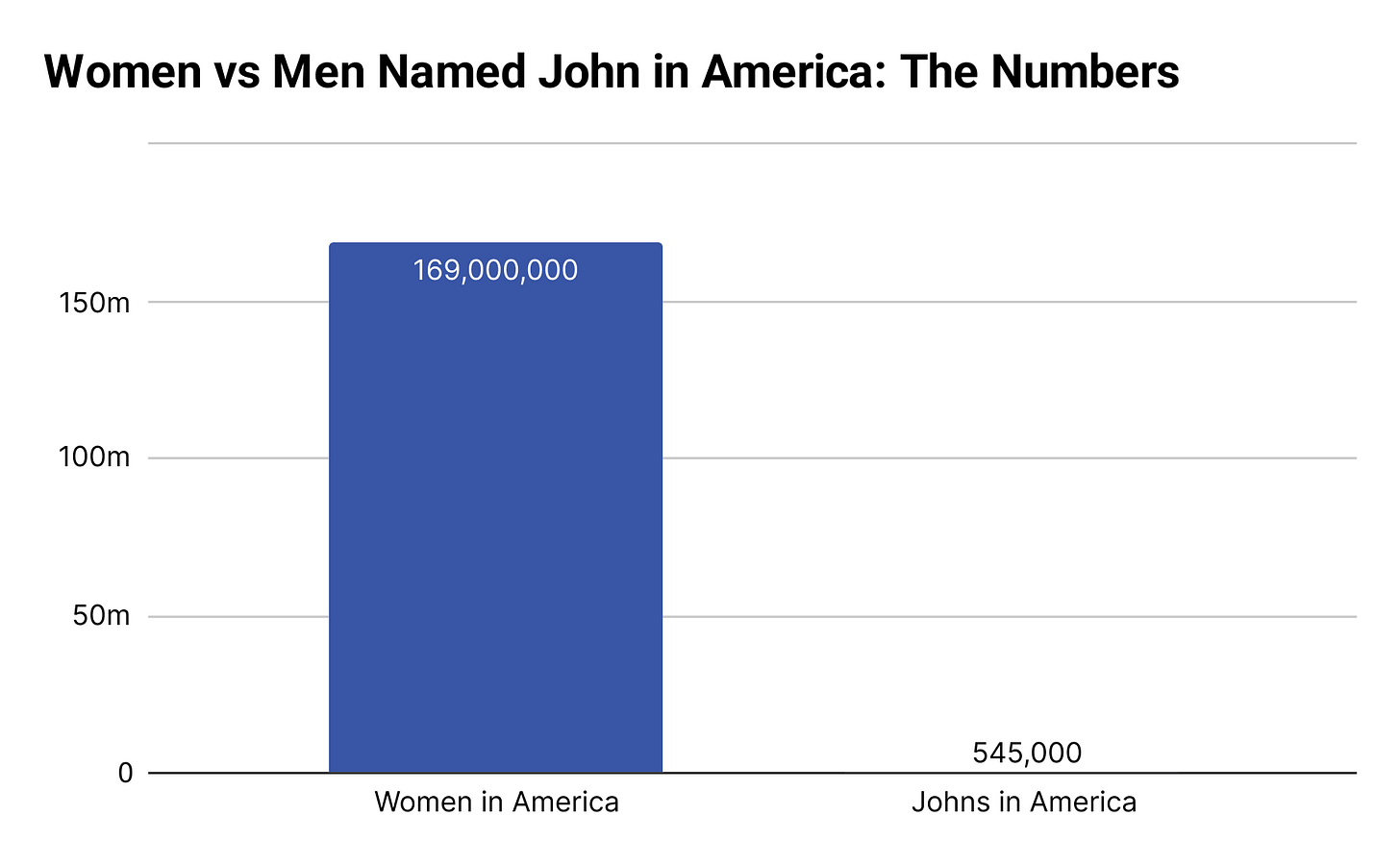
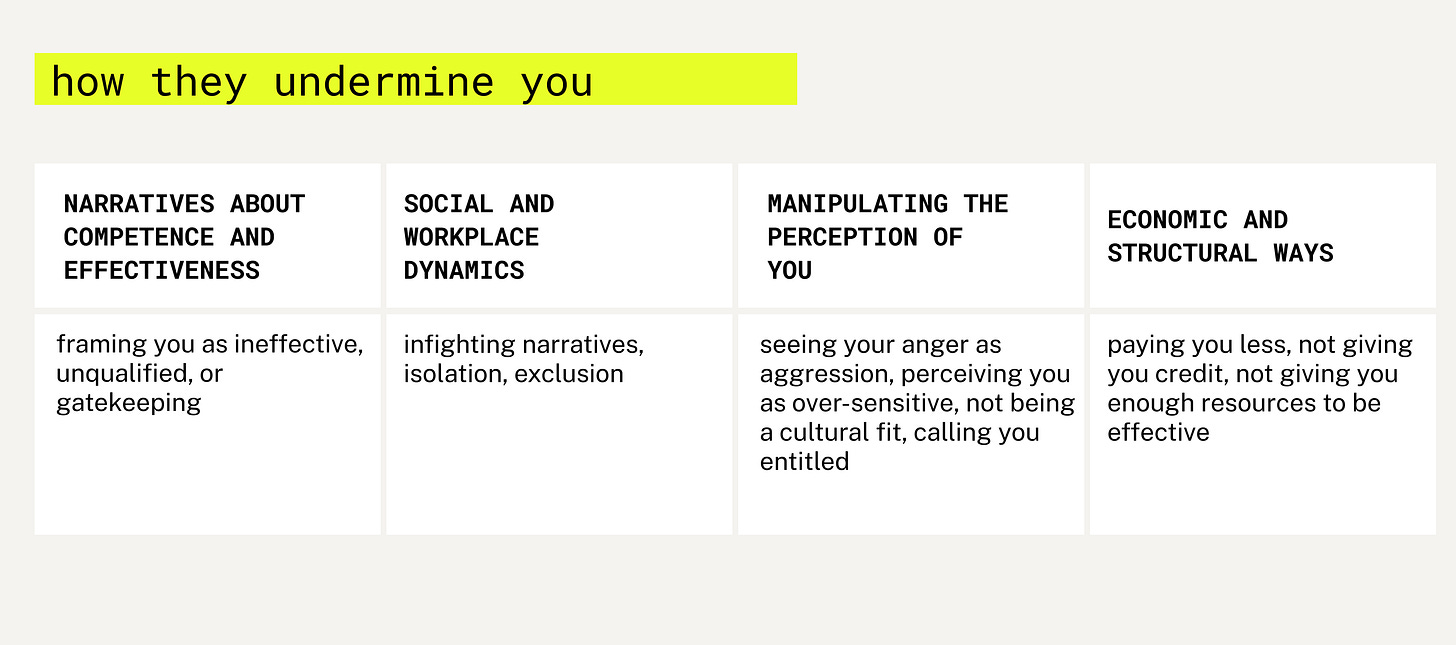
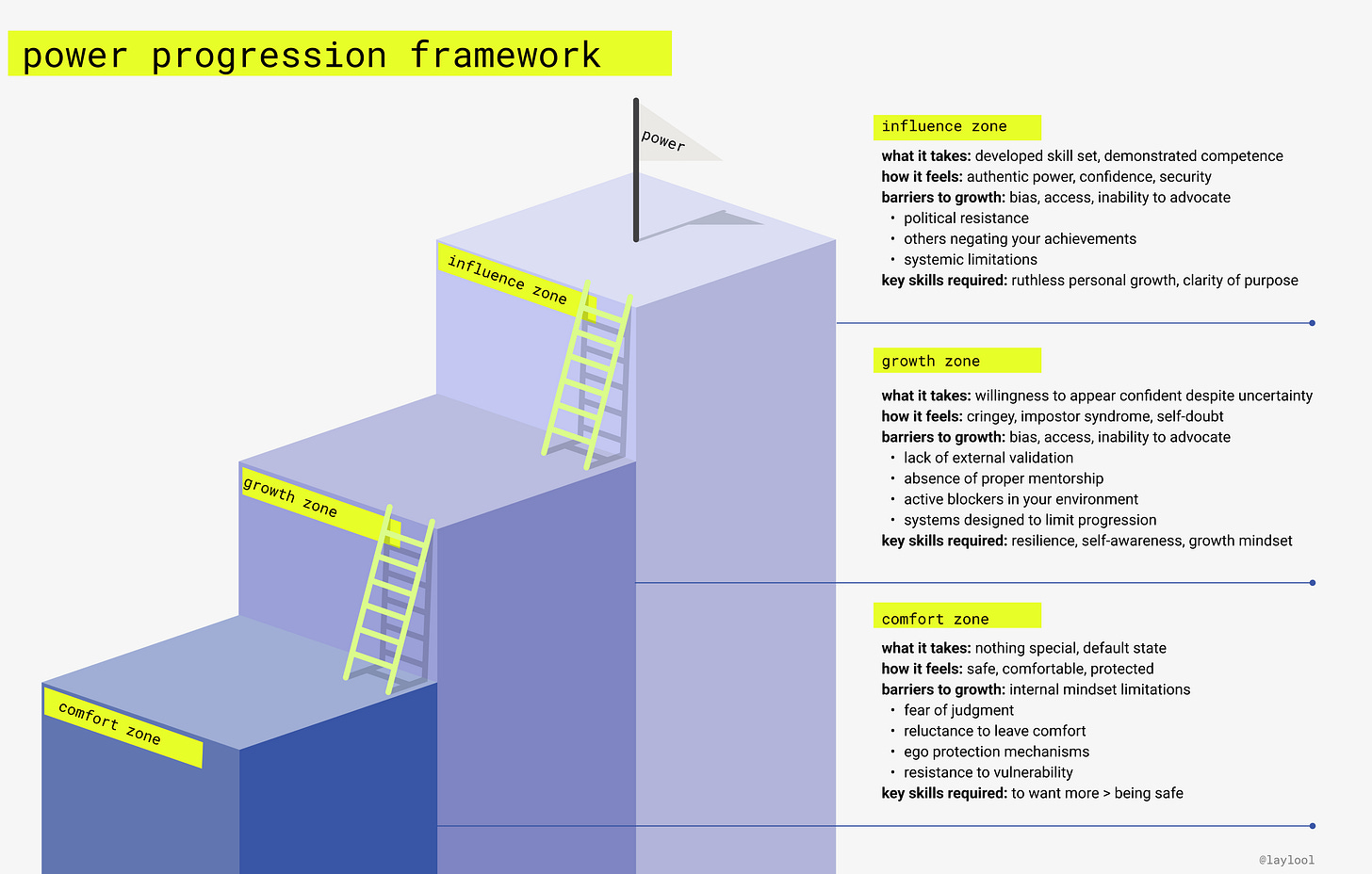
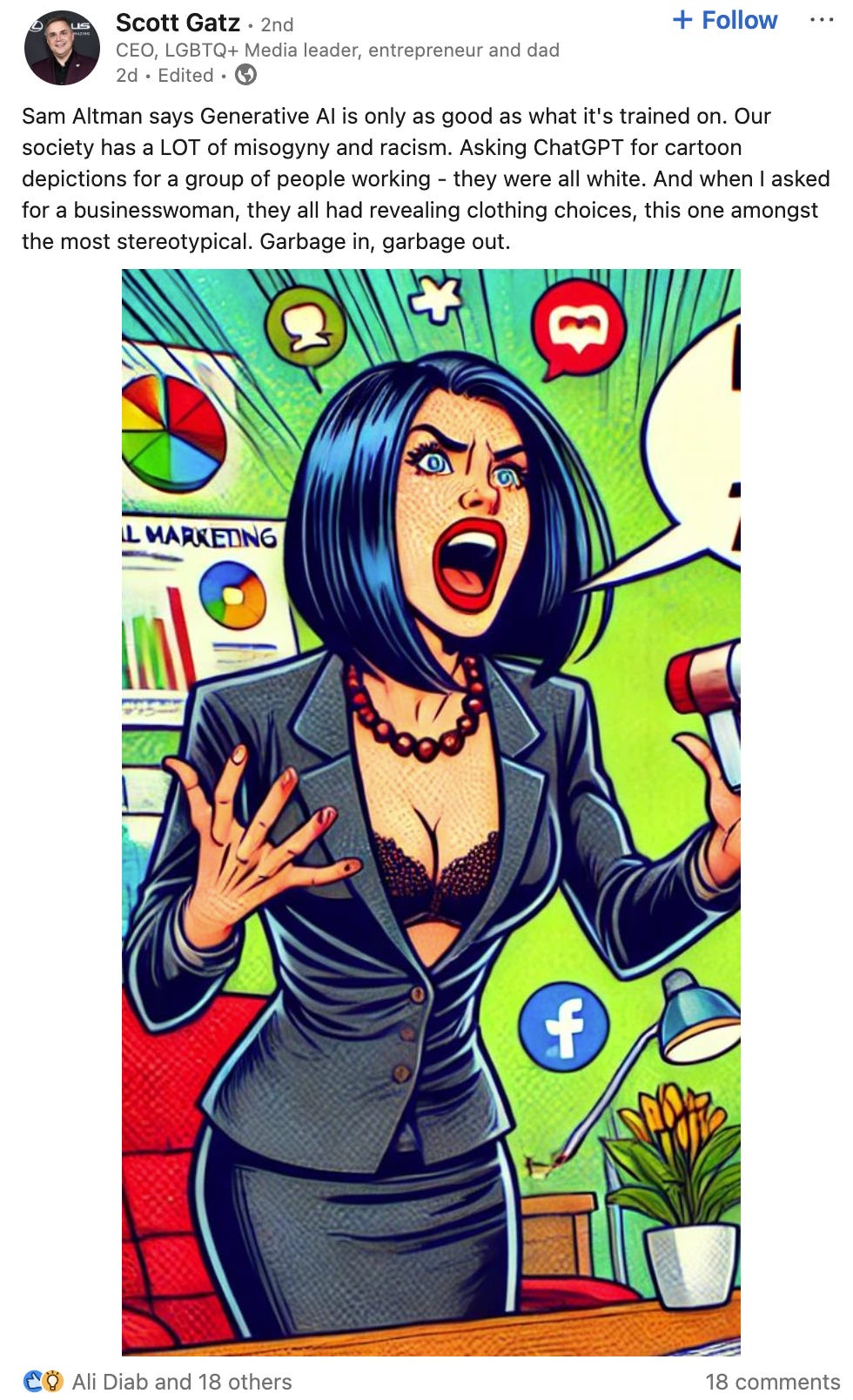
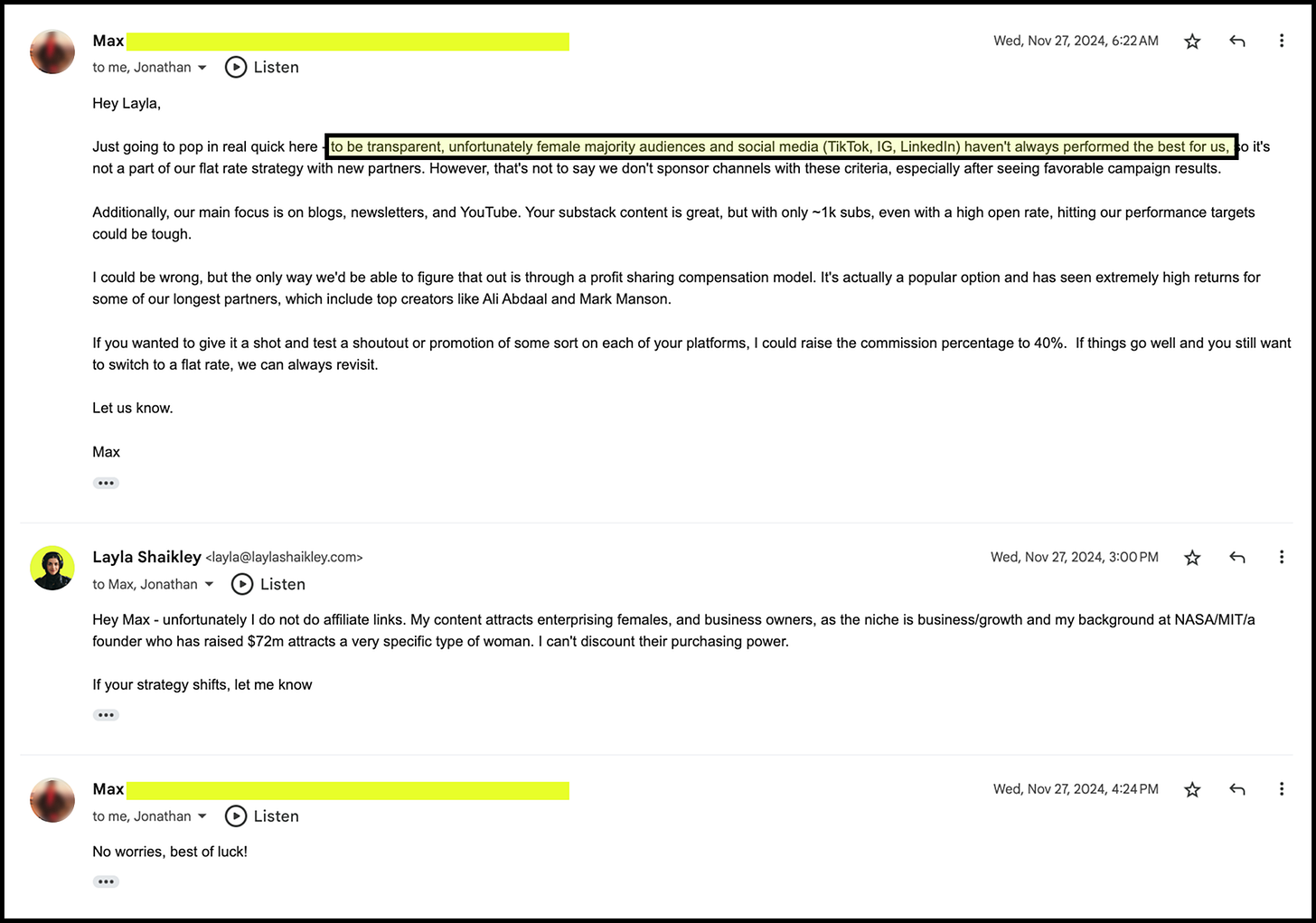
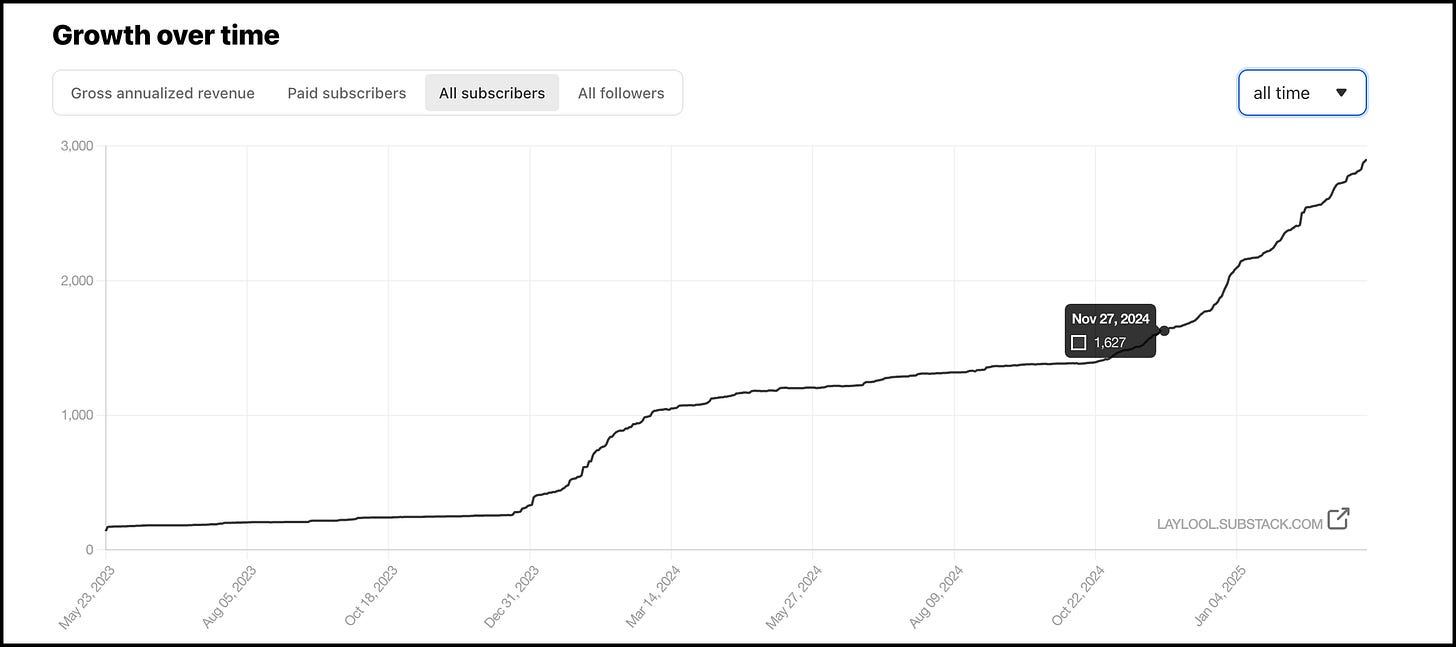
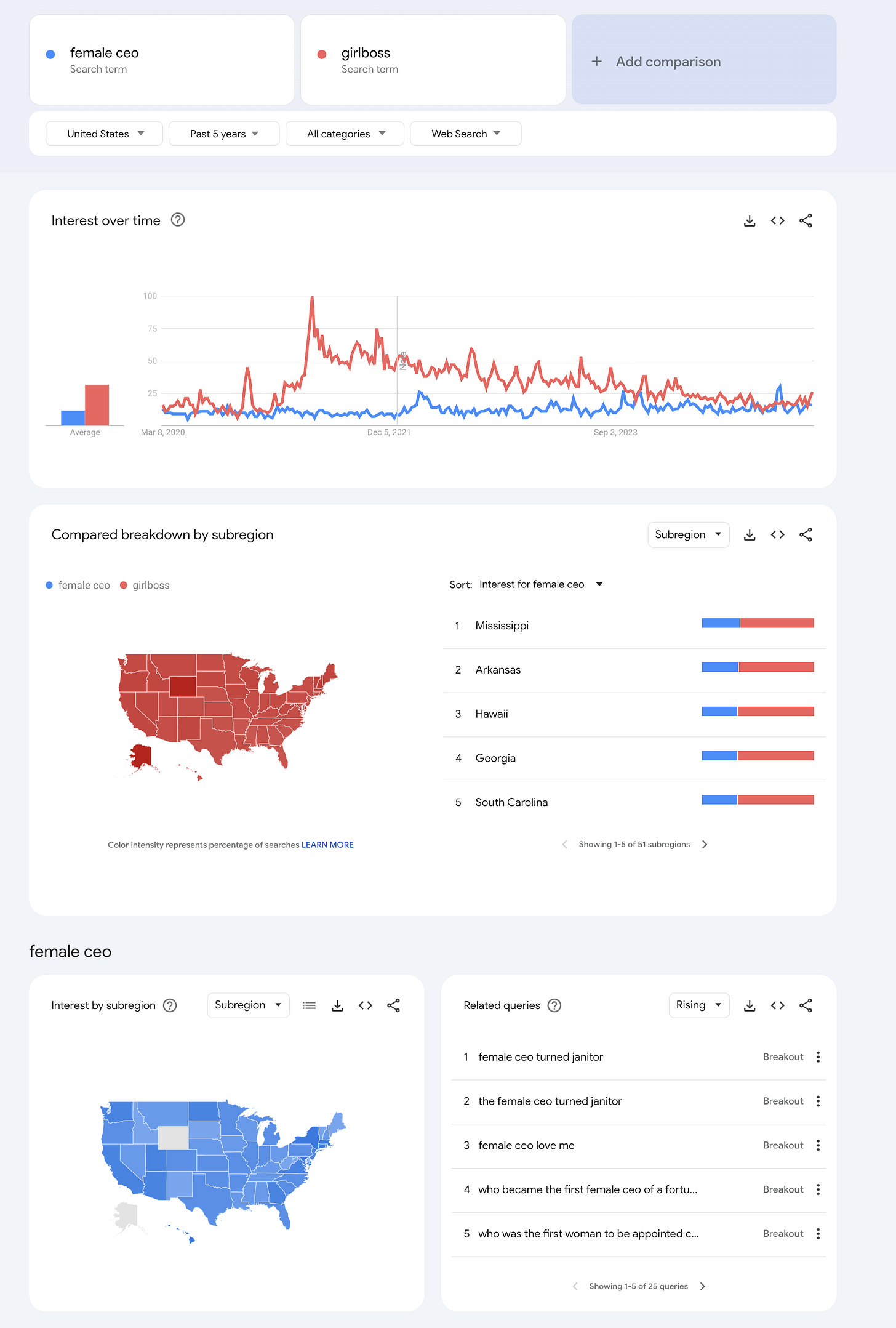


More women than men are enrolled in high education (focused on growth and learning) right now. More women than men are in HR leadership positions (which determine how learning and training budgets are spent) than men right now. More women are engaged on social media. What a miss for Max!
If it helps, I'm subscribed to more women than men (or men named John). A tiny drop in the vast ocean, I know.